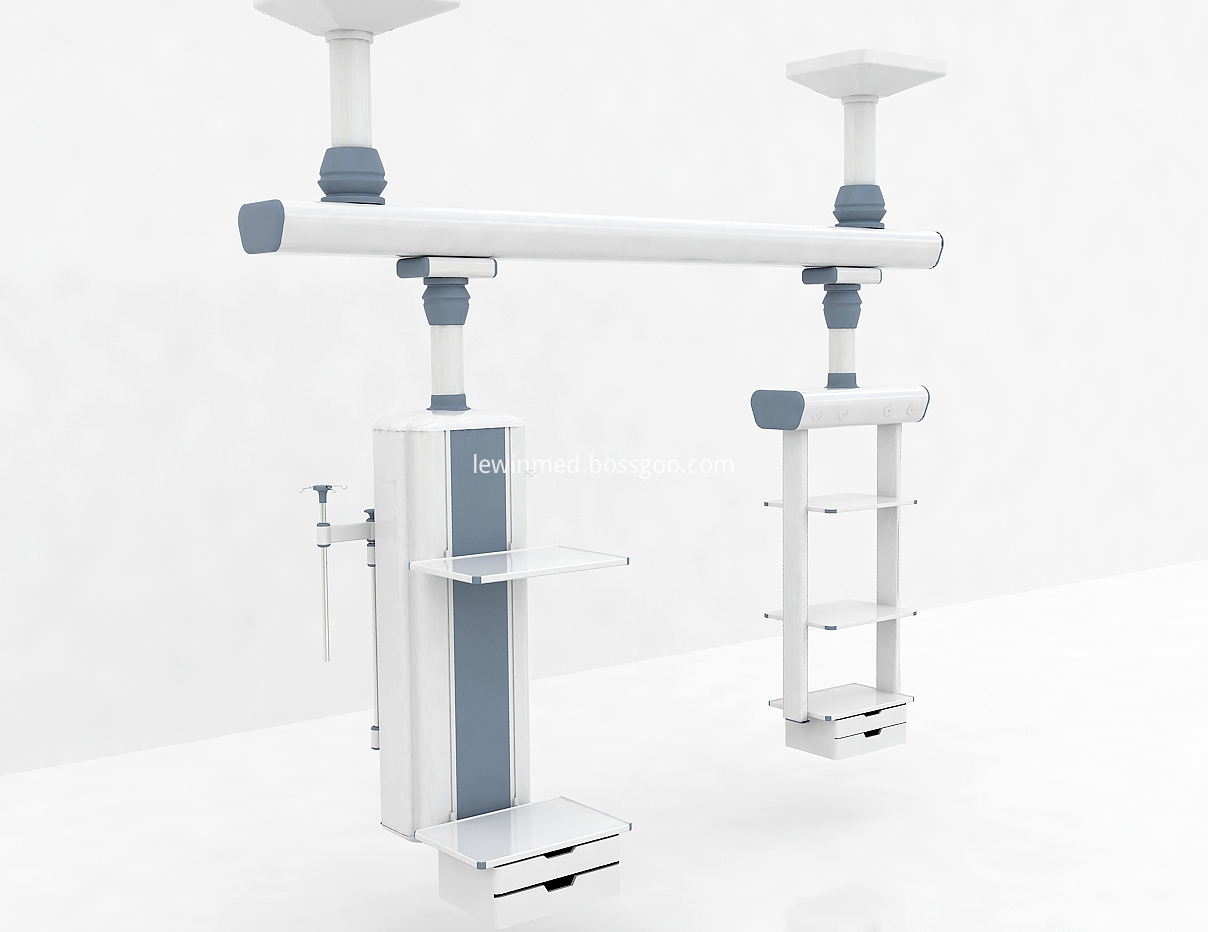The risk of injection of traditional Chinese medicine injections is high. The State Administration of Food and Drugs introduced the report to report on the adverse drug reactions of the year from the three aspects of the general situation of adverse drug reaction reports, statistical analysis of adverse drug reaction/event reports, and drug risk control measures. In the 2011 reports of adverse drug reactions/incidents in 2011, there were 145,769 new and serious ADR/incident reports, which accounted for 17.1% of the total number of reports in the same period, which was basically the same as in 2010.
The statistical analysis of adverse drug reactions/event reports in 2011 showed that traditional Chinese medicine injections are still the main risk for Chinese medicine preparations. The top 3 drugs ranked in the number of adverse reactions/incidents reported in 2011 were Qingkailing injection, Shuanghuanglian Injection and Senate respectively. Mai injection.
In addition, the reported rates of cephalosporins, penicillins, and quinolones were 34.8%, 14.0%, and 12.2%, respectively, and the safety risk for intravenous administration was higher. This suggests that choosing a reasonable route of administration can reduce the adverse reaction rate. .
According to the report, in 2011, the State Food and Drug Administration conducted analysis and evaluation of adverse drug reaction monitoring data, and adopted relevant management measures for drugs with potential safety hazards.
The first is the release of drug safety warning information. A total of 9 issues of the "ADR Report" were issued throughout the year, and 9 (class) drug safety information was reported. Published the "Pharmacovigilance Alert" 11 issues, reported more than 60 kinds of drug safety information; followed by the modification of isotretinoin preparations, nimesulide oral preparation product instructions, clear tips on drug risks; third is to strengthen the release notice Nimesulide oral administration administration; Fourth, withdrawal of pharmaceutical preparations containing dextropropoxyphene, amitrizinolubaxin tablets (compound amikacin tablets), clenbuterol hydrochloride tablets, or drug approval documents Drug standards; Fifth, interviews are conducted on production companies that have a high incidence of adverse reactions such as progesterone injections.
ICU Bridge Type Ceiling-Mounted system,specially designed for intensive care rooms,the entire process wards, the recovery room.Supply flexible, first-rank nursing satisfy patient's separate treatment and nursing demand.Unique design lies in it all hides the electrical cable and pipeline in the ceiling-mounted arm.The modular design and multiple configurations.As clients' requirements,providing reasonable ICU Combination Ceiling-Mounted pendant (Apart Dry-Wet). Advanced spray technology, the intelligent combination of innovative ways to make the bridge pendant with diverse functions.

Icu Room Bridge,Medical Pendant System,Manual Crane,Motorized Pendant
Shandong Lewin Medical Equipment Co., Ltd. , https://www.lewinmed.com